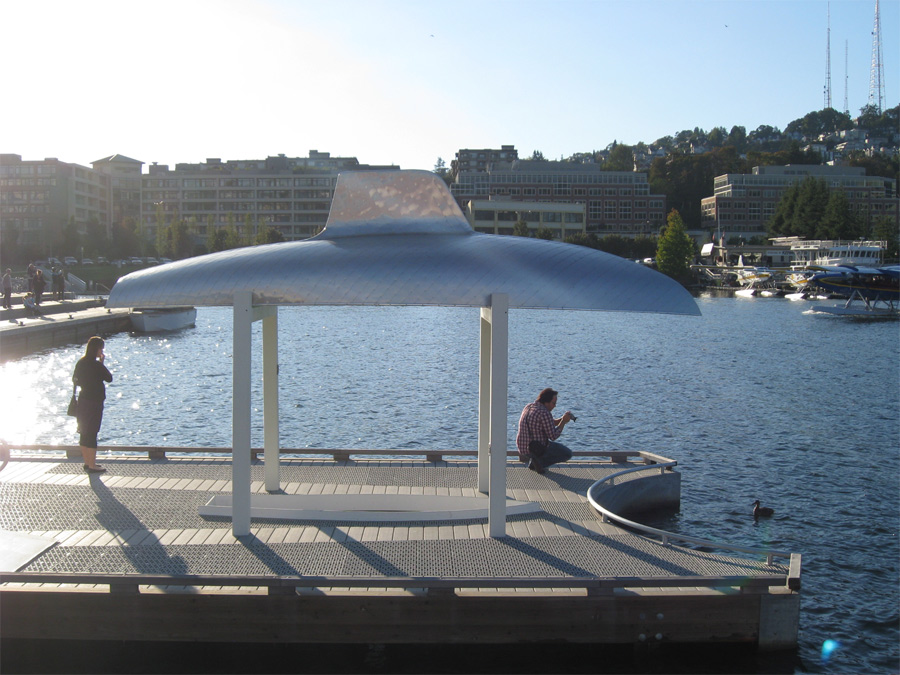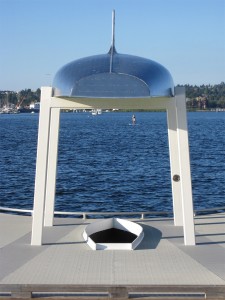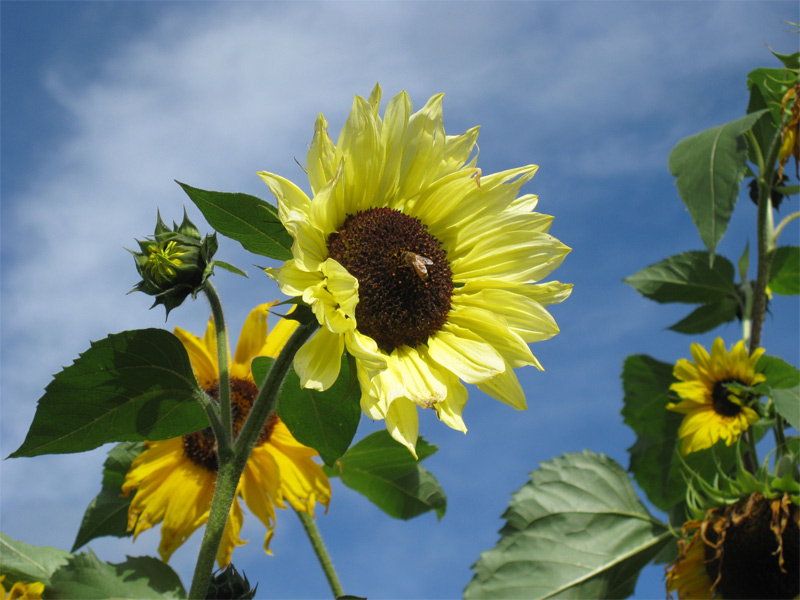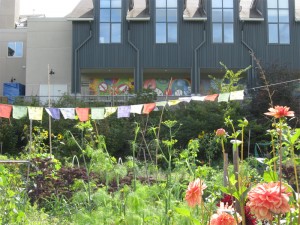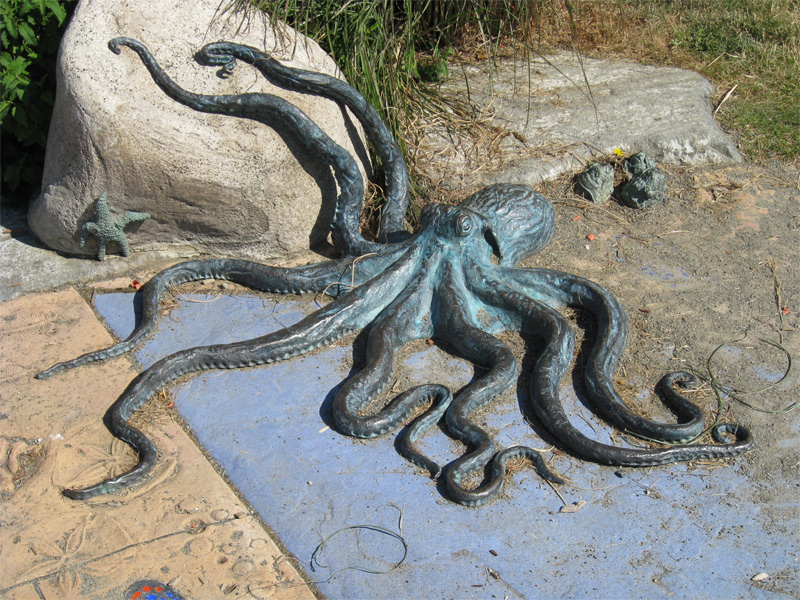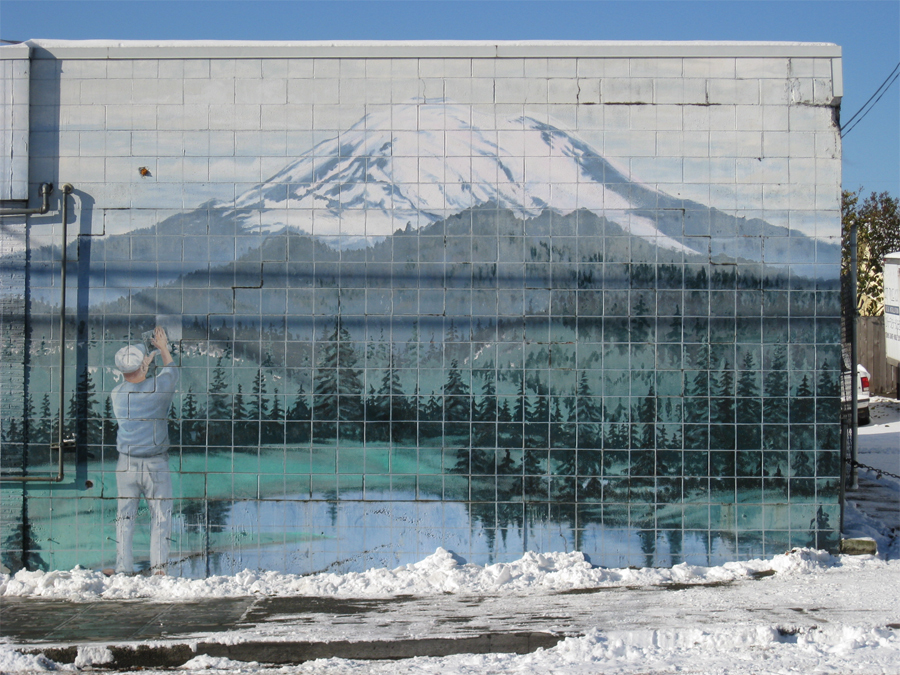
We had our first big snow in a while here last week. Supposedly, Seattle was ready for this one. The newscasters filled hours with coverage of the city’s new state of preparedness, telling us how much salt, sand and plowing we could expect to see.
We didn’t see much of anything in our neighborhood, except ice and snow and happy kids whizzing down the frozen streets while their watchful parents stood guard at the intersections. For a couple of days it was sweet. Then the novelty wore off, the slush turned that kind of sloppy gray that suggests everything that’s wrong with life, and the regular rain resumed its usual routine.
It’s nice to have a break from the norm every once in a while. A change allows that little wisp if hope to catch a breeze and lift off into the blue skies of illusion. Maybe this year the economy will turn around and soar. Maybe this coming year the opposing political parties will lay down their rusty barbs and sheath their swords and try to work on the problems of the country and the planet instead of spending all their energy on insulting one another. And maybe this will be the year that Americans care as much about taking care of the real problems we face as a nation as they do about who’s winning American Idol.
Right. This is why I stick with fiction, where illusions and delusions make every impossible idea seem possible.
I know I’m naïve. But I’d like to believe things can get better. Even when all the evidence suggests otherwise.
Last week the headlines on the internet brought us the dismaying news that the planet is down to its last three thousand wild tigers. Those of us who only see them in zoos may be the only ones who really care about this issue. And you could say that the world will get along just fine without tigers, just like we get along without dinosaurs. But the loss of tigers would hit harder than loss of dodos. Tigers symbolize the power, mystery, and terror of the wild world. Now they’re being hunted to extinction by poachers seeking the supposed sexual enhancement qualities to be found in their organs. Sigh. Why can’t these people be satisfied with Viagra like the rest of the world?
I guess the men who are hoping to become better lovers by putting some tiger in their junk have their own illusions. It just seems criminal that the rest of us have to pay for them.
Well, I guess Thanksgiving must be over. Back to another season in Rantsalot. It would take more than a foot or two of snow to whitewash the world’s problems at this point. But that won’t stop me from hoping that we can dig our way out.
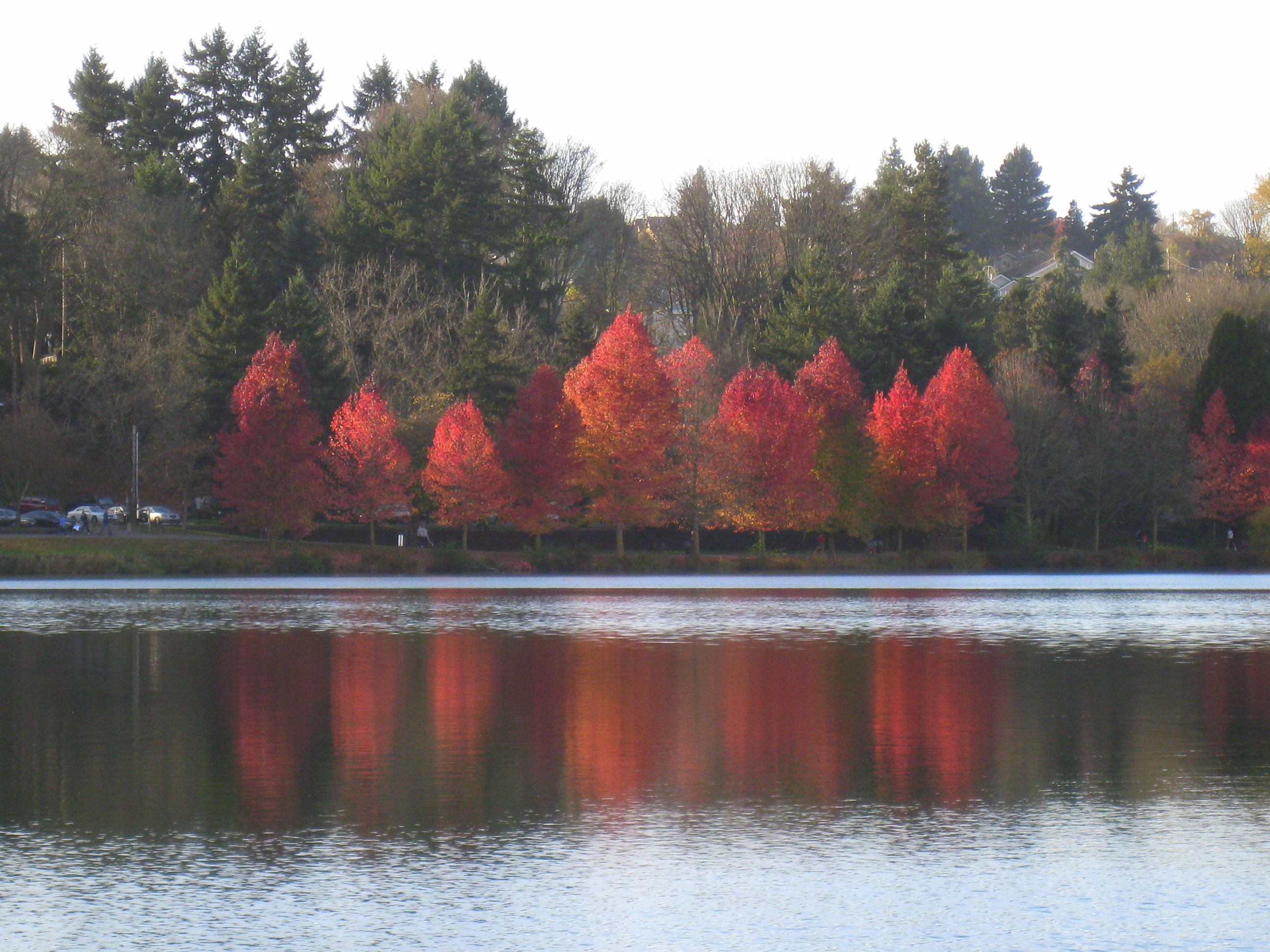
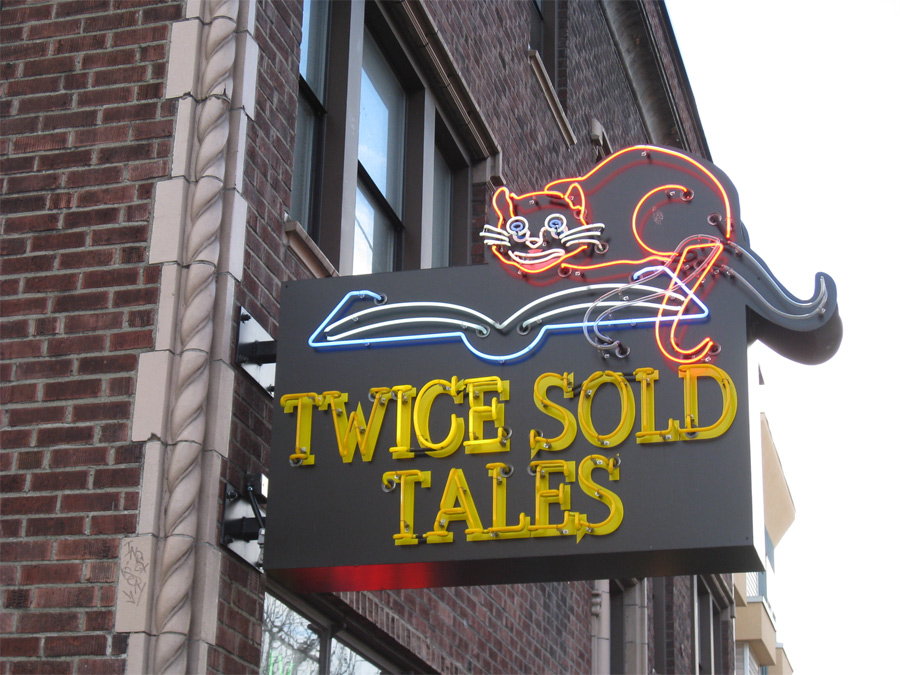
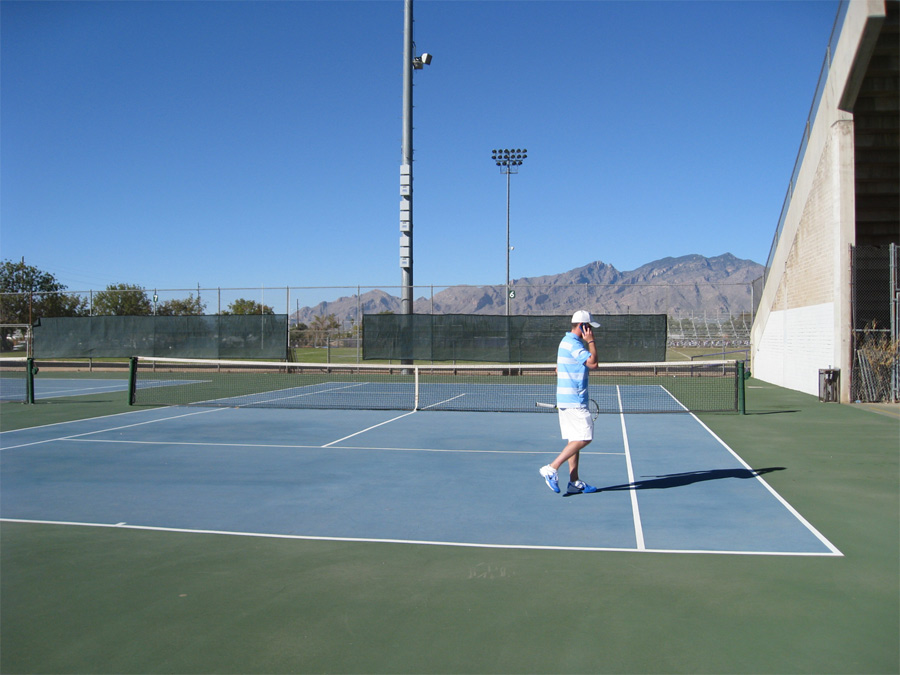
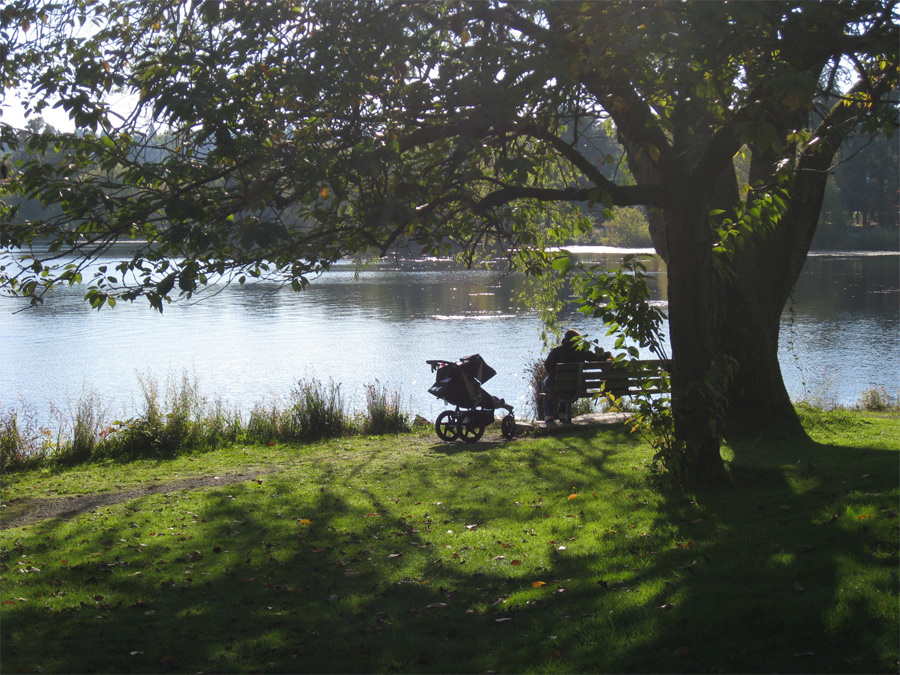 Some say it’s the beer. Others praise the pumpkins, the rainbow foliage, the costumed craziness. Of late, zombies seem to be in vogue.
Some say it’s the beer. Others praise the pumpkins, the rainbow foliage, the costumed craziness. Of late, zombies seem to be in vogue.